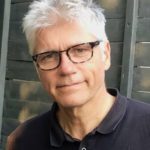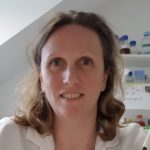Link to Pubmed [PMID] – 24308271
Link to DOI – 10.1111/mmi.12483
Mol Microbiol 2014 Feb; 91(4): 665-78
Dam methylates GATC sequences in γ-proteobacteria genomes, regulating several cellular functions including replication. In Vibrio cholerae, which has two chromosomes, Dam is essential for viability, owing to its role in chr2 replication initiation. In this study, we isolated spontaneous mutants of V. cholerae that were able to survive the deletion of dam. In these mutants, homologous recombination and chromosome dimer resolution are essential, unless DNA mismatch repair is inactivated. Furthermore, the initiator of chr2 replication, RctB, is no longer required. We show that, instead, replication of chr2 is insured by spontaneous fusion with chr1 and piggybacking its replication machinery. We report that natural fusion of chr1 and chr2 occurred by two distinct recombination pathways: homologous recombination between repeated IS elements and site-specific recombination between dif sites. Lastly, we observed a preferential fusion of the two chromosomes in their terminus of replication.




